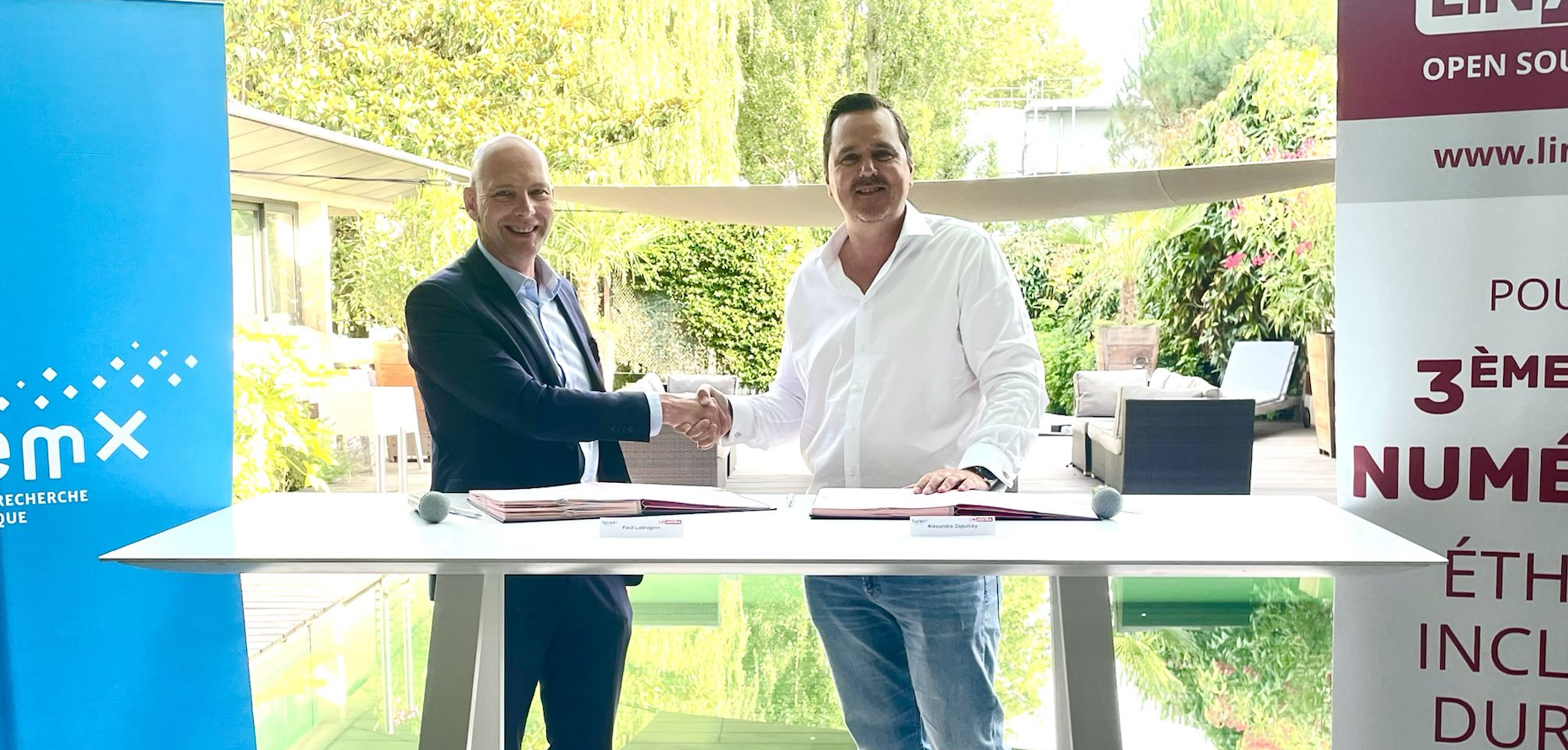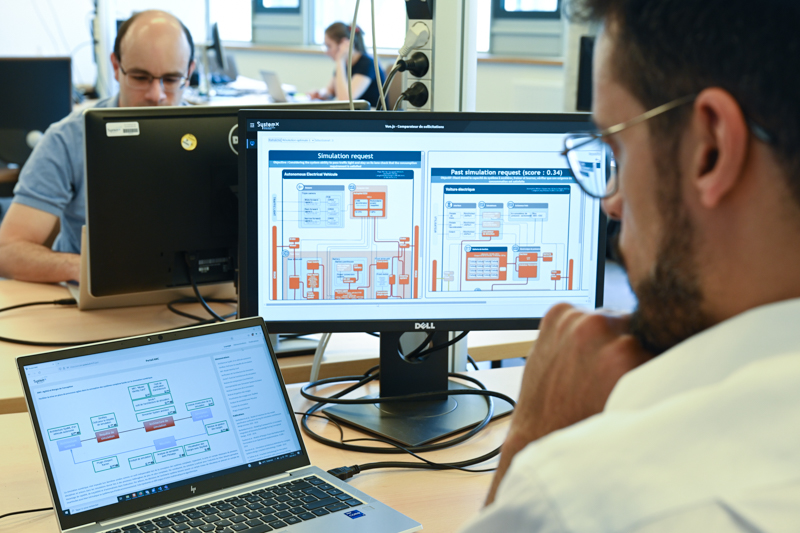SystemX a eu l’honneur de recevoir le 17 avril de 14h à 15h30 à Nano-Innov, la visite de Chris Paredis, expert dans le domaine de l’ingénierie des systèmes, pour un séminaire sur le thème The role of value-driven decision making in systems engineering and design. Pour en savoir plus sur le contenu de sa présentation et sur son parcours, le résumé de son séminaire et sa biographie sont consultables ci-dessous [contenu en anglais].
Résumé
Value-driven design starts from the premise that a designer has preferences, which can be modeled in terms of value maximization. In this presentation, we consider value maximization from three increasingly comprehensive perspectives: artifact-, process-, and organization-focused. Based on this framework, we then identify five characteristics of common design processes, and explain and justify these characteristics in terms of value maximization. Although the framework is based on normative decision theory, an important conclusion is that heuristics play a crucial role in design. We will therefore end the presentation with a reflection on the role of heuristics in design and systems engineering research.
Biographie
 Dr. Chris Paredis is Professor of Mechanical Engineering in the G.W. Woodruff School of Mechanical Engineering, and in the H.M. Stewart School of Industrial and Systems Engineering at Georgia Tech, Atlanta, USA. He is a Woodruff Faculty Fellow and Director of the Model-Based System Engineering Center. He currently serves as Program Director at the National Science Foundation, Arlington, USA. He holds graduate degrees in Mechanical Engineering from the Catholic University of Leuven (Belgium) and in Electrical and Computer Engineering from Carnegie Mellon University.
Dr. Chris Paredis is Professor of Mechanical Engineering in the G.W. Woodruff School of Mechanical Engineering, and in the H.M. Stewart School of Industrial and Systems Engineering at Georgia Tech, Atlanta, USA. He is a Woodruff Faculty Fellow and Director of the Model-Based System Engineering Center. He currently serves as Program Director at the National Science Foundation, Arlington, USA. He holds graduate degrees in Mechanical Engineering from the Catholic University of Leuven (Belgium) and in Electrical and Computer Engineering from Carnegie Mellon University.
Dr. Paredis’ research focuses on Model-Based Systems Engineering, combining aspects of decision theory, information technology, simulation, and systems theory to support the design of complex mechatronic systems. In these areas, he has published more than 140 refereed book chapters, journal articles and conference papers. He has made significant contributions to the development of the theory, methods and tools for decision making in design and systems engineering, and has developed several decision support tools using the SysML and Modelica languages. As Director of the Model-Based Systems Engineering Center, he leads a group of 11 faculty members towards the development of a next generation of systems engineering methods that are value-driven, model-based and human-centered.
He is active within the Object Management Group (OMG), where he serves on the SysML Revision Task Force and where he has led the development of the SysML-Modelica Transformation Specification. He is a founding board member of the North America Modelica Users’ Group, and is a member of the Technical Advisory Board for Integrated Model-Centric Engineering Program at NASA/JPL. He is past Chair of the ASME Computers and Information in Engineering division and has served as Conference Chair for the 2013 Conference on Systems Engineering Research (CSER’13) and the 2007 Computers and Information in Engineering Conference (CIE’07).
Dr. Paredis has served as Associate Editor for the SAE Journal of Commercial Vehicles and the ASME Journal of Mechanical Design. He currently serves as Associate Editor of the Systems Engineering Body of Knowledge and as co-Editor of the ASME book series, “Advances in Computers and Information in Engineering Research.” He received the 2007 CETL/BP Junior Faculty Teaching Excellence Award, the 2007 SAE Ralph R. Teetor Educational Award, and the 2011 ASME CIE Excellence in Research Award.



